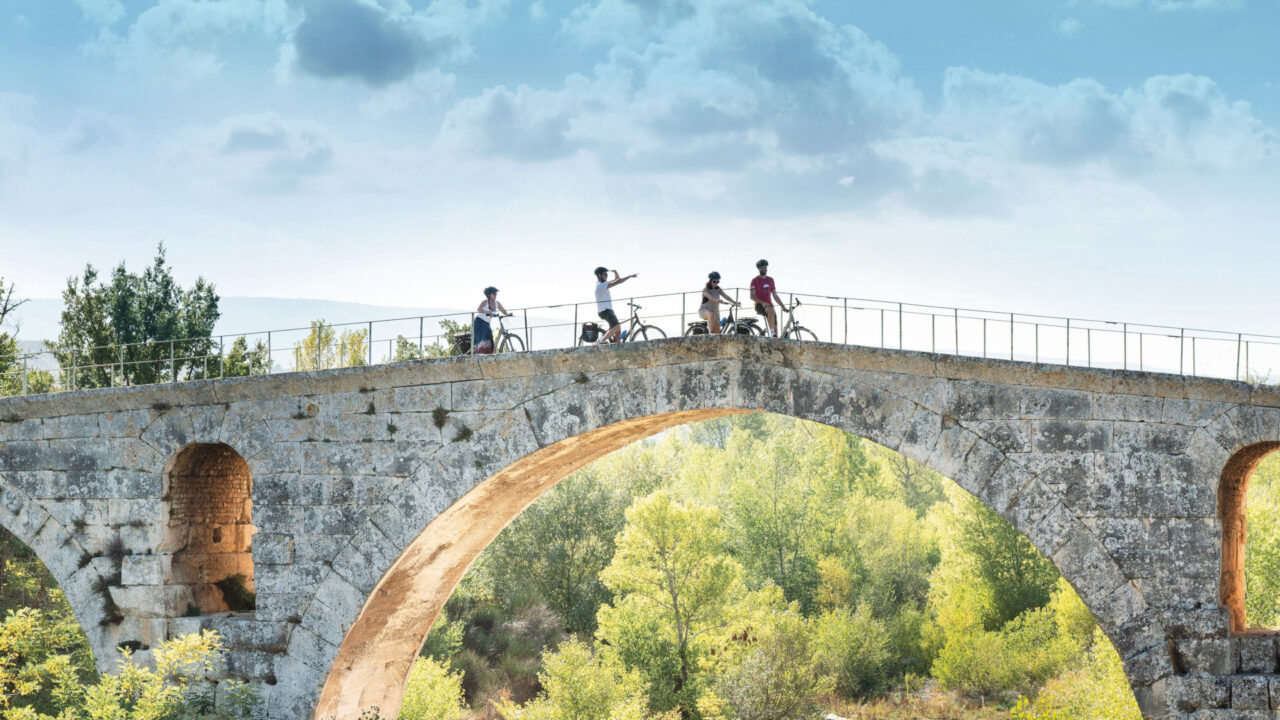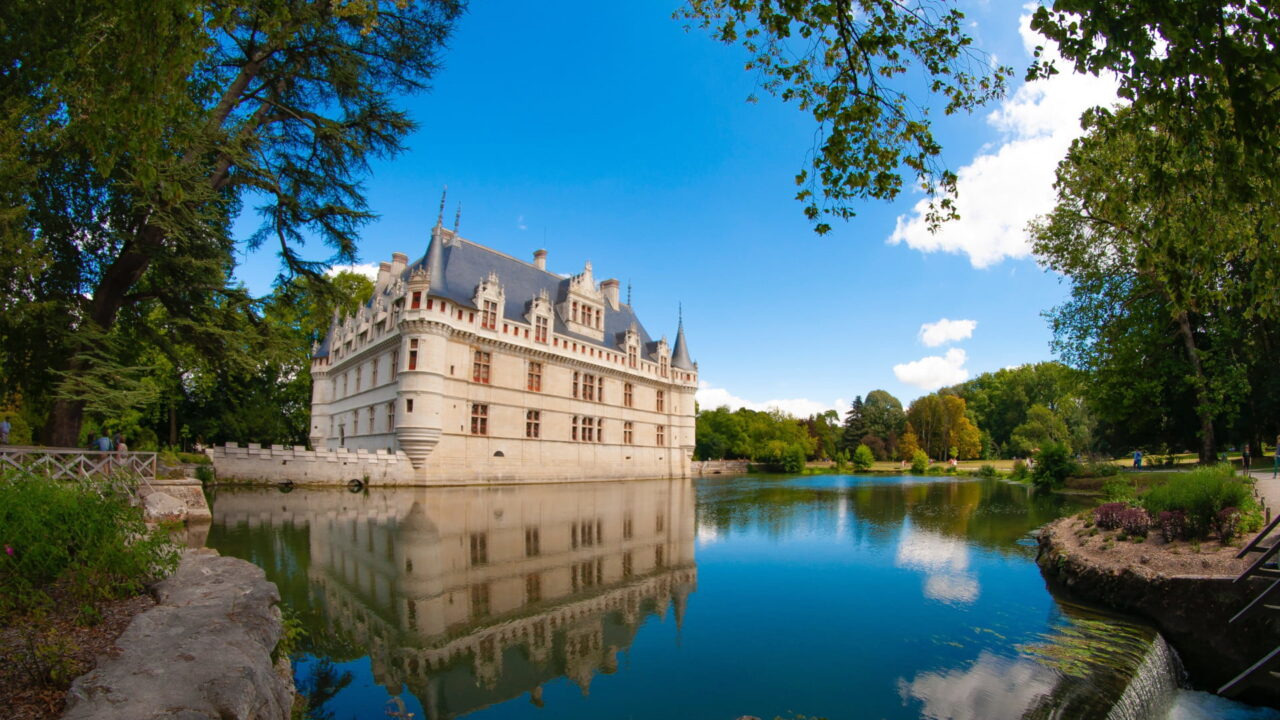One of the most unique regions of Italy, Sardinia stands out amongst the islands of the Mediterranean; we love cycling past the olive groves and glistening coastline the region boasts in excess. Whilst its shimmering emerald coves and gorgeous weather may seem to be its most distinguishable features, it is in fact the ancient history of Sardinia that attracts and fascinates so many. Ruins and old towers dot the landscape in their thousands, creating an enigmatic and mysterious atmosphere in the region.
The island has become somewhat of a secret escape in recent times to the rich and famous, whose luxury yachts and boats flock to the harbours on the Costa Smeralda. Although they come to Sardinia for the peace and quiet, away from busy crowds, we believe there’s so much more to the region. Read on to discover Sardinia’s ancient history.
The Nuragic People
One of the original cultures of Sardinia, the Nuragic culture was widespread on the island and eventually became the dominant culture of ancient Sardinia. Known for the Nuraghe towers they built, it’s from these structures that their name derives. Due to the rich mining on the island, they became expert metal craftsmen, trading from ancient Egypt to as far afield as ancient Cornwall in the UK.
Their high-quality trade items in the end were the start of their downfall. Over 2,000 years ago, the Phoenicians and later the Carthaginians began to turn their sights on the island, rich in tin and minerals. This eventually led to the Carthaginians taking control of the coastline, and the Nuragic people were pushed into the interior of the island. When the Carthaginians lost wars to Rome, the island was ceded to the Romans, and the Nuragic people began to dwindle in number, until they finally disappeared as late as the 11th century AD.
Nuraghe
When exploring Sardinia, the first thing you’ll notice are the strange stone towers, called Nuraghe, that seem to be around every corner. These ruins range from crumbling mounds to seemingly untouched structures that could have been built recently. Some 7,000 of them dot the island. When you visit, you’ll learn just how much history these impressive towers have; they were built thousands of years ago.
Amazingly, archaeologists believe that as many as 10,000 used to stand guard on the island. The fact that so many survive to this day through countless empires and cultures is a testament to the original builders. The towers are made from expertly cut stones, placed tight in concentric circles, rising to the sky.
Amazingly, there hasn’t been a consensus on why they built these towers. Immediately, you may think they must have been military strongholds of some kind, like the castles that dot the continent; forts to protect the land. Some of the Nuraghe are built on strategic spots, like hills or passages through valleys, backing up this claim. However, many also believe they were community centres of some sort, whether as meeting halls or religious sites where the people would gather. There is also the possibility that the towers served all these functions and more, depending on the greatest need of the local settlement.
Wherever the ancient Nuragic people lived, they built towers. When the waves of settlers and conquerors arrived and took over the towns, the Nuraghe there were built over or torn down. As a result, the towers can be found in the less-populated parts of the island. Where they still stand, you’re instantly reminded of these mysterious and ancient people.
After the Nuragic People
Sardinia’s fascinating history did not end when the Nuragic people quietly disappeared, and the island has been subject to a fair share of historical events. After the Romans, the Vandals arrived, and then the Byzantine, then the Aragonese and Spanish, the Savoyards, and finally became part of the country of Italy.
Throughout all of these periods, the island experienced highs and lows; eras of exceptional wealth and times of hardship. This created the foundation for the rich and unique culture you can experience on the island today, reflected in its delicious food and beautiful architecture.
Our Sardinia Cycling Tour
You can experience the ancient history of this region on our Sardinia’s Northern Secrets cycling holiday. Enjoy endless sunshine and gorgeous scenery on this beautiful Mediterranean island. Our tour takes you along the Costa Smeralda, or ‘Emerald Coast’, and ventures inland where dramatic mountain peaks and olive groves lie next to idyllic villages.
As you pedal past olive groves with the wind in your hair, the Nuraghe appear almost everywhere, reminding you just how old this land is. Sardinia is often called a ‘micro-continent’ due to its huge variety of ecosystems and terrain, and the ancient stone towers are found in almost all of them. From the hidden coves along the Costa Smeralda to the dramatic peaks of its inland mountains, the Nuragic people refuse to be forgotten thanks to their towers.
Cycling in this region is not only a history lover’s dream, as you can expect delicious food, local wines, gorgeous natural scenery and a unique culture which will enchant any visitor. Let’s not forget the wonderful weather, as you can expect sunny skies when the rest of Europe is grey and bleak.
On this self-guided cycling tour of Sardinia, you’ll ride through a classy corner of Sardinia that is frequently visited by royalty and a-listers.
For more information on Sardinia’s ancient history, call our cycle experts today on 020 7471 7760.




